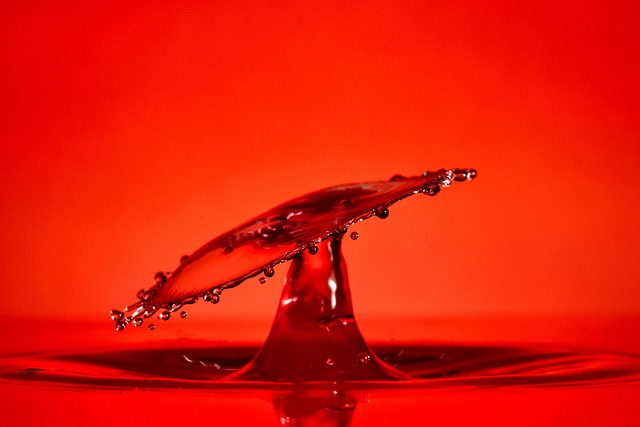When we immerse ourselves in the realm of fine arts, one element that often goes unnoticed yet encapsulates profound significance is texture. The term “surfaces” extends far beyond mere physical attributes; it embodies the rich dialogue between the artist and the viewer, the cultural narratives that shapes us, and the emotions that dance across the canvas.
In painting, surfaces come alive, drawing us into the artist’s world where each stroke and layer tells a story. A blank canvas transforms into a vivid landscape or a haunting portrait, but it is the texture that brings these creations to life. From fluid brushstrokes that evoke movement to rough patches that suggest turmoil, each surface presents a tactile experience that resonates with our senses.
Culture significantly influences our perception of texture in fine arts. Different mediums—whether it be oil, watercolor, or acrylic—offer unique opportunities for artists to explore and manipulate surfaces. For instance, oil paints, with their thick viscosity, allow for the application of impasto techniques, wherein artists create a three-dimensional quality. Such textured surfaces engage viewers, inviting them to not only see but also feel the art.
Moreover, the context of the artwork plays a crucial role in how surfaces are perceived. Throughout history, different cultures have utilized surface texture to convey messages. In African art, for example, the tactile quality of a mask can reflect social status or spiritual beliefs. In contemporary works, surface manipulation often pushes boundaries, reflecting the chaotic nature of modern life and emotional complexities through textural contrasts.
As we consider the emotional landscape of fine art, we realize that surfaces invite us to lean in and engage. Each piece possesses a magnetic field that resonates with our memories and experiences, creating a powerful connection. Artists like Van Gogh, with his swirling impastos, invite us to feel the intensity of passion, while artists like Pollock challenge us to navigate the chaotic dance of existence through their textured canvases.
Exploring these surfaces is an invitation to observe how textures can change our emotional responses. The delicate, smooth finish of a serene landscape can evoke tranquility, while a rough, chaotic surface might bring about feelings of unrest and contemplation. Art possesses the unique ability to transcend language through these tactile interactions, making it an essential component of culture.
The conversation surrounding surfaces in painting is ever-evolving. As artists today experiment with mixed media, they blur the lines between traditional painting and installation. Surfaces now may include elements like fabric, sand, or found objects, enriching the dialogue between the artwork and its audience. This exploration not only broadens the definition of painting but also invites viewers to consider how we interact with art through our senses.
Ultimately, when we delve into the textures of painting, we unearth a vibrant tapestry of human experience, culture, and emotion. We become part of an ongoing narrative that reflects our society at large: complex, layered, and full of depth. Surfaces in fine art culture remain a testament to our creative expression, inviting us to explore, feel, and connect in ways that transcend the visual realm.




